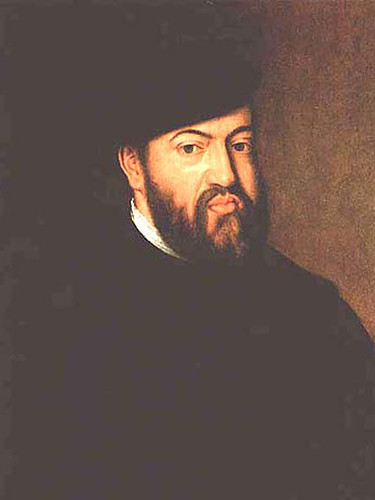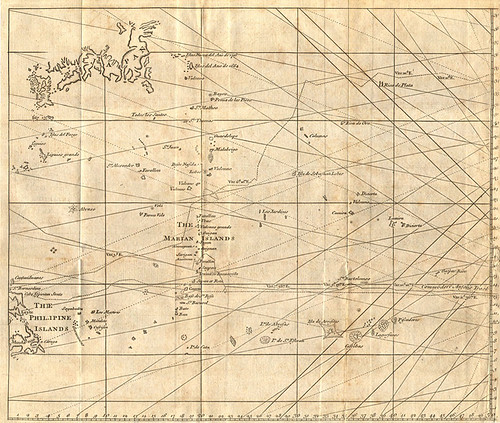Treaty to determine colonial land rights
The Treaty of Zaragoza was ratified in 1529 between the king of Spain and Emperor Charles V, and João III of Portugal, regarding the areas of influence of both countries in Asia in general and over the Moluccas, Indonesia (known as the Spice Islands) in particular.
The Treaty of Tordesillas (1494) had only yielded a temporary agreement. As soon as a passage across the American continent (through the strait that Ferdinand Magellan found in 1521) was discovered and an alternative maritime route to the Spice Islands was made possible, another conflict emerged between Portugal and Spain: the identification of the anti-meridian, the line on the other side of the world that corresponded to the one established by the Treaty of Tordesillas.
For the first two decades of the 16th century conflicts arose between the two nations. For the Spaniards, to reach the Moluccas navigating westwards was relatively easy, but the return to Mexico (Nueva España) was a difficult route almost impossible to complete.
Further problems regarding the imperial expansion of both Spain and Portugal imposed the need for an agreement. The settlement was arranged by the Treaty of Zaragoza, in 1529, facilitated by the marriage of Charles V with Isabel of Portugal, which strengthened the relations between the two courts.
The treaty was signed 5 April 1529, in the Spanish town of Zaragoza. It specified that the Portuguese line of influence would be marked 297.5 leagues east of the Moluccas, a line that at the time was believed to pass near the Mariana Islands.
The treaty granted sovereignty over the Moluccas to Portugal, including rights of navigation and trade. Portugal agreed to pay 350,000 ducats as purchase for the Spanish rights. In theory, the treaty implied that Spain relinquished its rights to occupy the Philippines, which according to the treaty would fall under the Portuguese area of influence.
While the Portuguese in Brazil did occupy territories beyond the Tordesillas line, Spain would attempt to establish settlement in the Philippines in 1542 and finally in 1565, with the expedition of Miguel Lopez de Legazpi that founded the colonies of Cebu and Manila. Spain later established a colony in the Marianas in 1668 under Father Diego Luís de San Vitores.
Spain included a clause of retro-vendendo, (an escape clause) which granted the nullification of the treaty if future proof was found that the Moluccas lay east of the true antimeridian of the Tordesillas line. In return, João III would immediately pay over 350,000 ducats: an advance on his starting offer of 200,000, but substantially less than the original Castilian demand of 1,000,000.
For further reading
Blair, Emma H., and James A. Robertson. The Philippine Islands, 1493-1803. Vol. 1. Cleveland: Arthur H. Clark Company, 1903-1909.
Díaz-Trechuelo, Lourdes. “El Tratado de Tordesillas y su proyección en el Pacífico.” Revista Española del Pacífico, no. 4 (1994): 11-22.



